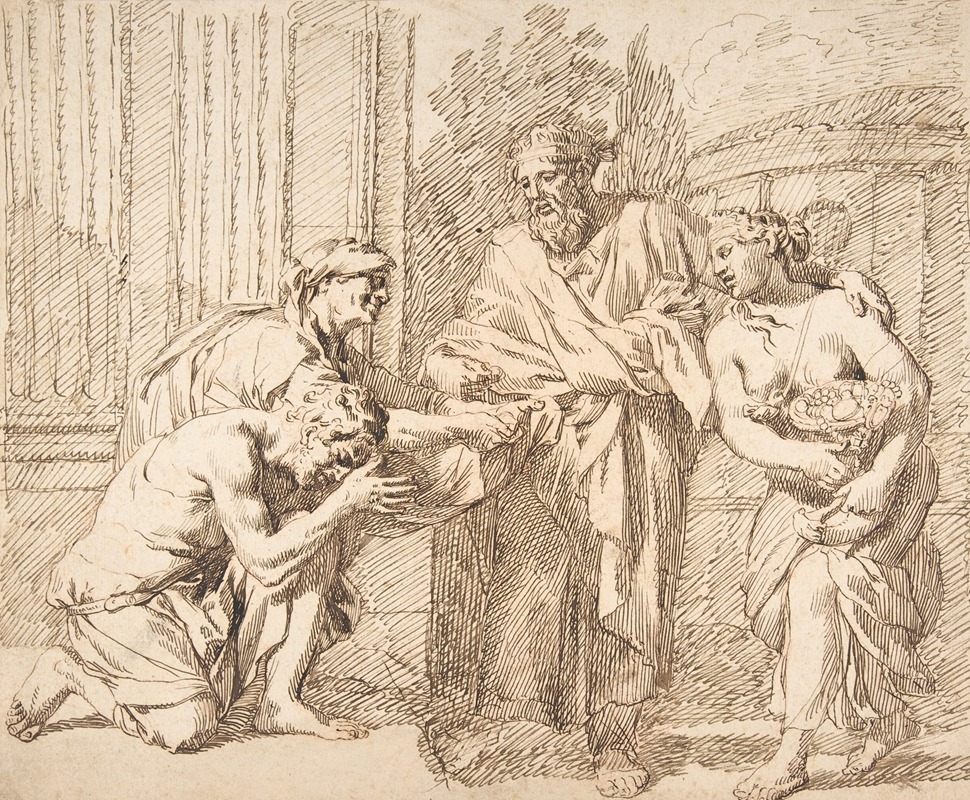
Allegory of Fecundity
A hand-painted replica of Gerard de Lairesse’s masterpiece Allegory of Fecundity, meticulously crafted by professional artists to capture the true essence of the original. Each piece is created with museum-quality canvas and rare mineral pigments, carefully painted by experienced artists with delicate brushstrokes and rich, layered colors to perfectly recreate the texture of the original artwork. Unlike machine-printed reproductions, this hand-painted version brings the painting to life, infused with the artist’s emotions and skill in every stroke. Whether for personal collection or home decoration, it instantly elevates the artistic atmosphere of any space.
Gerard de Lairesse's Allegory of Fecundity is a painting attributed to the Dutch Golden Age artist Gerard de Lairesse (1641–1711). Known for his classical style and allegorical themes, de Lairesse was a prominent figure in 17th-century Dutch art, often drawing inspiration from mythology, history, and literature. His works reflect the influence of French classicism and the ideals of the Baroque period, emphasizing harmony, balance, and idealized forms.
Allegory of Fecundity is an example of de Lairesse's interest in allegorical representation, a common theme in his oeuvre. The painting likely depicts the concept of fecundity, or fertility, through symbolic imagery. Allegorical paintings of this nature were popular during the 17th century, as they allowed artists to convey abstract ideas through personifications and symbolic elements. While specific details about the composition of Allegory of Fecundity are scarce, it is reasonable to assume that the work incorporates figures and motifs associated with abundance, growth, and fertility, consistent with the allegorical tradition.
De Lairesse's career was marked by his transition from a painter of dramatic, Caravaggesque works to a more refined, classical style influenced by Nicolas Poussin and Charles Le Brun. This shift is evident in his later works, which often feature idealized figures, carefully constructed compositions, and a focus on intellectual themes. Allegory of Fecundity likely belongs to this later period, reflecting de Lairesse's mature style and his interest in classical ideals.
Gerard de Lairesse's life and career were significantly affected by his blindness, which began to develop in the 1680s and eventually ended his painting career. Despite this, he continued to contribute to the art world as a theorist and writer, publishing influential treatises on art theory, including The Great Book of Painting (Het Groot Schilderboek), which outlined his views on classical art and aesthetics.
The exact date of creation and current location of Allegory of Fecundity are not well-documented, and further research may be required to provide a more comprehensive understanding of the painting. As with many works from this period, the attribution to de Lairesse is based on stylistic analysis and historical records.





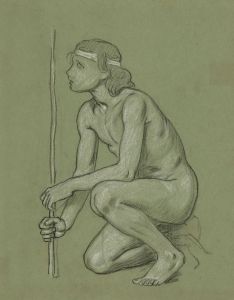
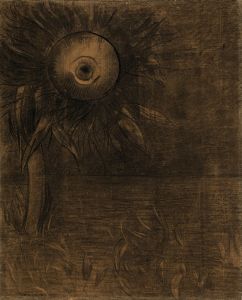
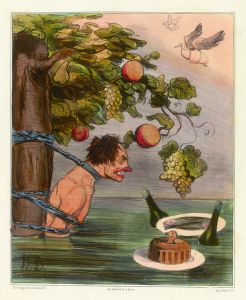
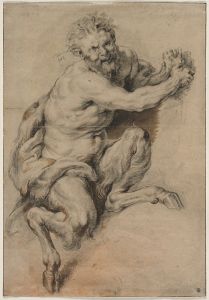
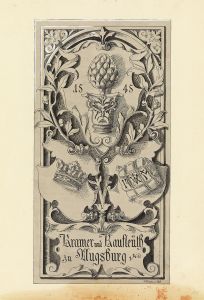
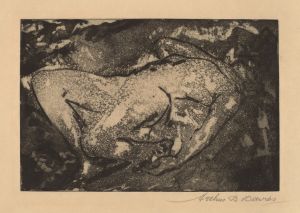
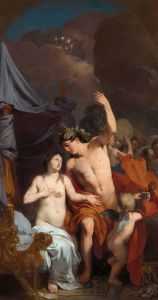
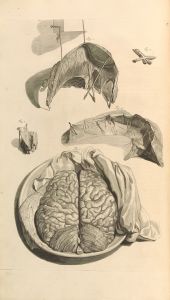
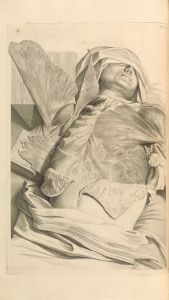
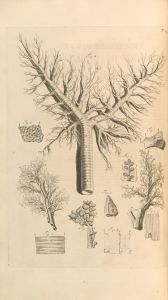
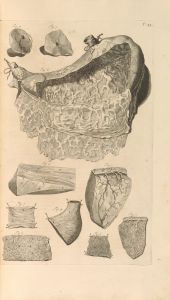
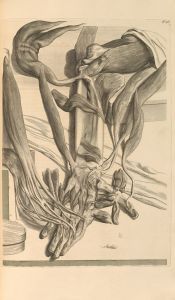
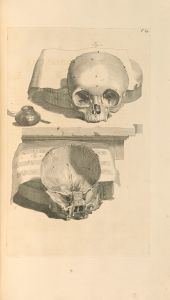
![Do Not Lose Honour through Fear [Folly of Fear]](/imgs/264599/s/francisco-de-goya-do-not-lose-honour-through-fear-folly-of-fear-9078775b.jpg)